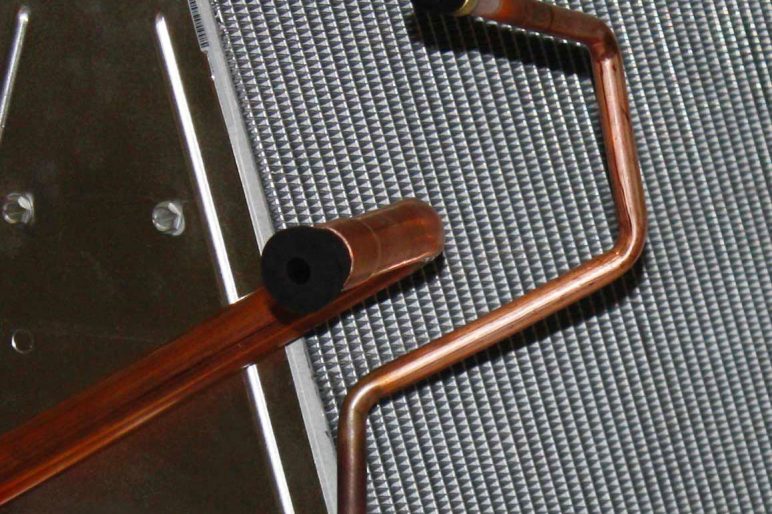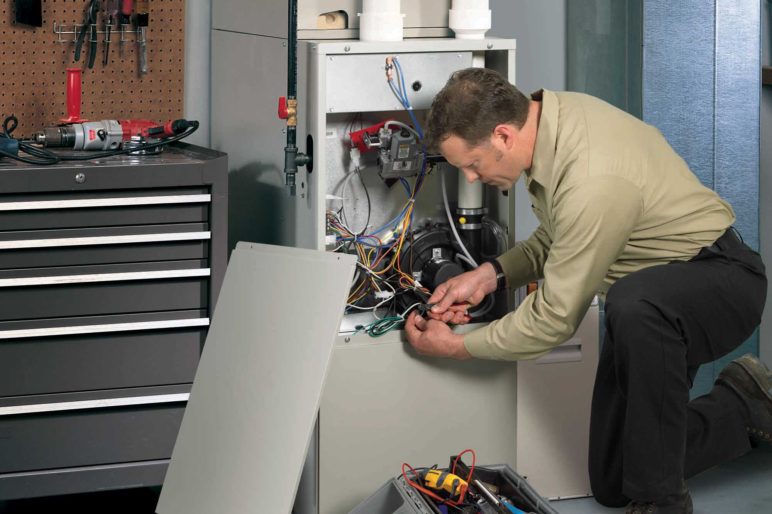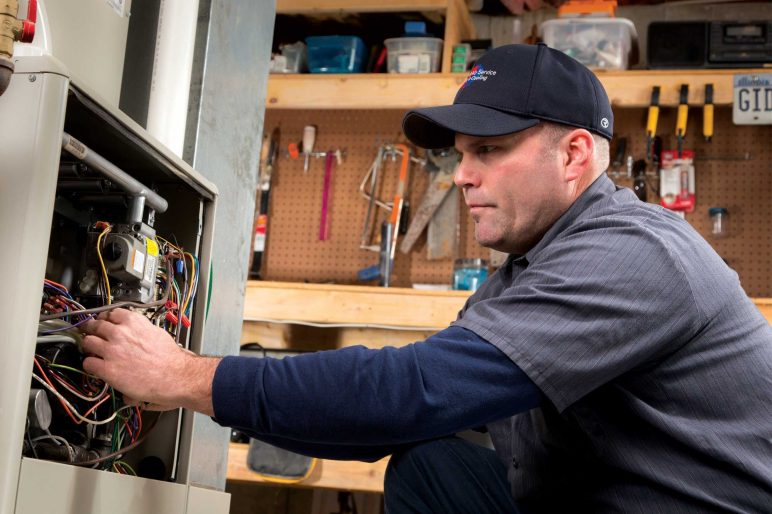Using the Quick Reference Data sheet for streamlined installations
Changes to the type of coil used in cooling equipment is making it more important than ever to properly match equipment and charge to the ounce! At Nortek Global HVAC, we use the Quick Reference Data sheet (QRD) to ensure that installing contractors have all of the information they need to succeed.
The QRD is here to help you correctly match indoor and outdoor equipment, determine whether you need to perform a metering device change, and if any additional refrigerant is needed. This handy sheet is included in the literature packets of all condensers. It’s important that you review the QRD before every install.
Do you have a QRD ready? Let’s walk through it.
Step One: Start at the top of page two. First, identify the tonnage of the condenser being installed. After you’ve done that, look at the information immediately below it. It will tell you which metering device should be used at the indoor coil, as well as how much refrigerant was shipped with the unit.
Step Two: Next, turn your attention to the left hand column. Choose the indoor section you are installing. In the second column you can see which metering device is already installed at the evaporator coil.
Step Three: Lastly, find where the indoor section and condenser meet on the table. If the data is in bold, that means you will have to change out the metering device. The appropriate metering device will have been shipped with the condenser. Next, look below the designated metering device and turn your attention to the two numbers in parentheses below. The number to the left indicate the amount of refrigerant that must be added for a 15 foot lineset. The number to the right is what your airflow settings should be when charging the system.
But, wait?! What if you are dealing with a linset over 15 feet? We have instructions for that located on the first page of the QRD.
- For a 3/4″ suction line, you will need to add 0.6 ounces of refrigerant per additional foot.
- For a 7/8″ suction line, you will need to add 0.7 ounces of refrigerant per additional foot.
- For a 1/8″ suction line, you will need to add 0.8 ounces of refrigerant per additional foot.
IT’S VERY IMPORTANT that you do not over or undercharge the system. An incorrect charge may affect performance and could damage the system – resulting in more callbacks and angry customers.
Also, make sure you note whether a metering device charge has been made on the system. This makes it much easier for servicers down the road.
You can also find instructions for using the QRD on the document itself. It’s located at the top of every page.
If you’ve misplaced the QRD, no worries! You can head on over to
literature.nortekhvac.com and print one out.
***NOTE:ONLY USE IF YOU ARE AN HVAC CONTRACTOR. If you are a homeowner trying to dip your toes into the DIY pool – STOP. Serious complications can arise when HVAC installations, repairs or maintenance are performed by someone who is unfamiliar with heating and air conditioning equipment. Drop the wrench, pick up the phone and call a professional.






